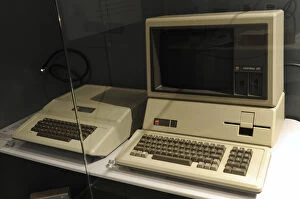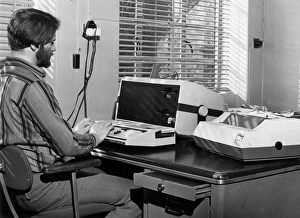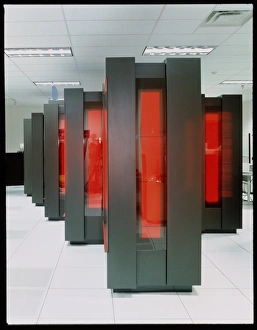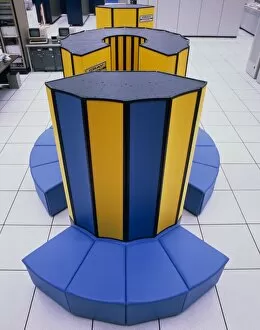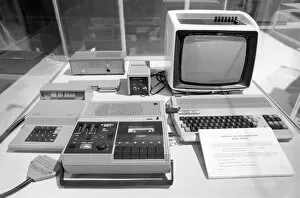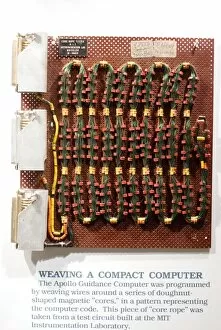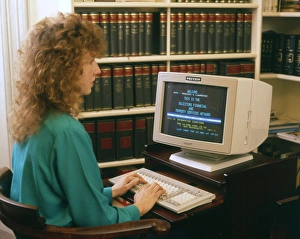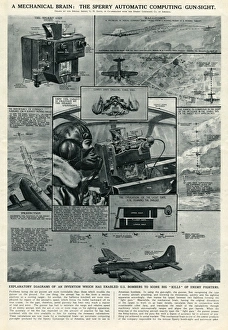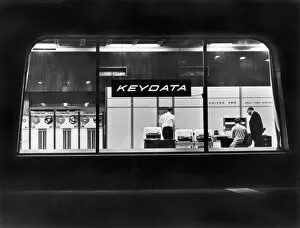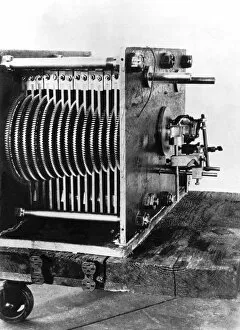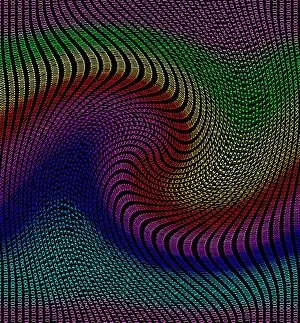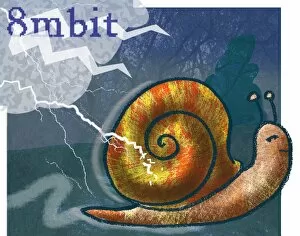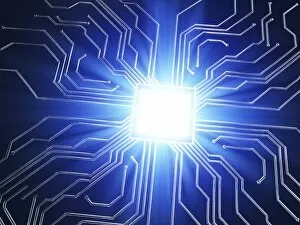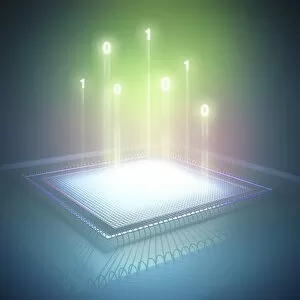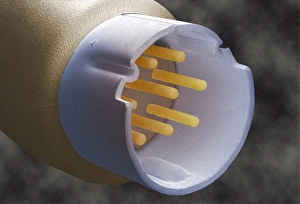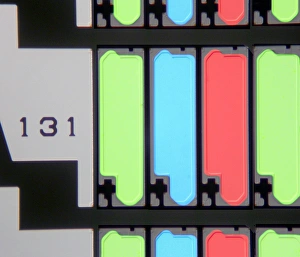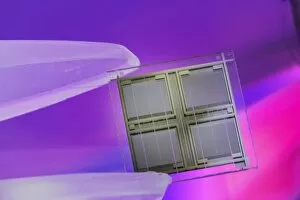Computing Collection (page 3)
"From the Pilot ACE to Artificial Intelligence: Unveiling the Evolution of Computing" Step into a time machine and travel back to 1950
All Professionally Made to Order for Quick Shipping
"From the Pilot ACE to Artificial Intelligence: Unveiling the Evolution of Computing" Step into a time machine and travel back to 1950, where the groundbreaking Pilot ACE computer revolutionized computing as we know it. This marvel of technology laid the foundation for future advancements that would shape our digital world. But let's not forget about ancient wonders like the Antikythera mechanism, an intricate artwork from centuries ago that showcased early computing capabilities, and is a testament to human ingenuity and our innate desire to unravel complex problems. In this journey through time, we encounter Alan Turing, a brilliant British mathematician whose contributions in cryptography during World War II paved the way for modern-day computing. His legacy continues to inspire generations of innovators pushing boundaries in artificial intelligence. Speaking of AI, imagine stepping into a conceptual artwork where machines possess human-like intelligence. The possibilities seem endless as scientists strive towards creating sentient beings capable of learning and adapting on their own. As we delve deeper into this digital realm, conceptual illustrations depict a vibrant landscape filled with interconnected devices forming our ever-expanding digital world. We witness how computers have become an integral part of our daily lives – from home computers empowering individuals to supercomputers at CERN unraveling mysteries of the universe. Peering beneath the surface reveals mesmerizing colored X-ray images showcasing intricate computer motherboards resembling works of art themselves. These microchips intricately connect wires within them, enabling seamless communication between various components. However, not all aspects are rosy; history reminds us that even nuclear missile warning systems relied on computing technologies back in 1965. It serves as a stark reminder that responsible use and ethical considerations must accompany technological progress. Finally, we come across promotional photographs capturing moments when IBM's iconic IBM 1410 took center stage – bringing advanced computational power within reach for businesses worldwide. This captivating journey showcases how far we've come since those early days while reminding us of the limitless potential that lies ahead.


